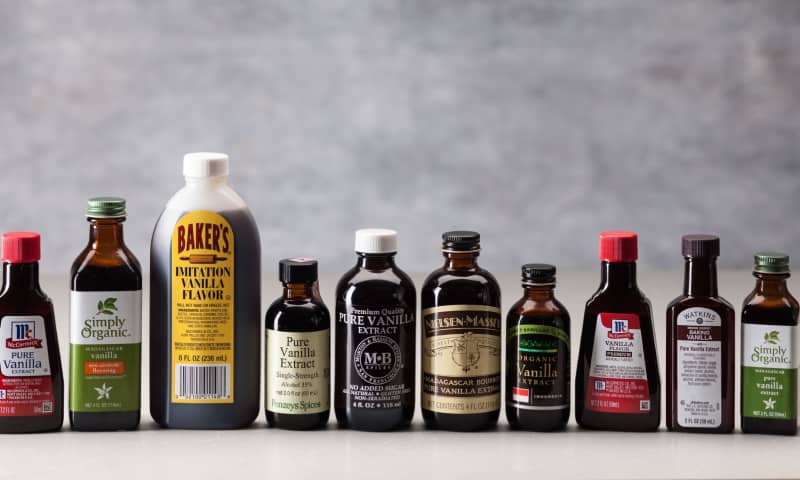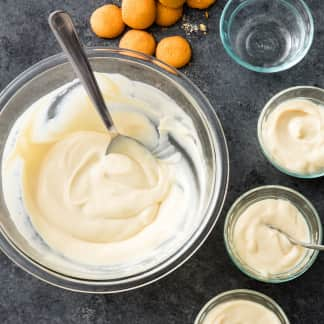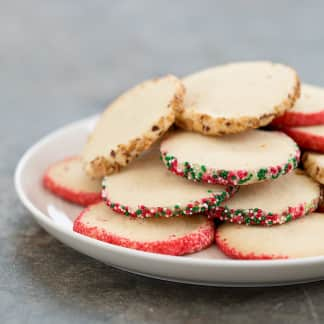Vanilla is the world’s most popular flavor and fragrance. It comes in two forms: pure vanilla extract, which is derived from the seed pods of vanilla orchid vines, and synthetic vanilla, which is manufactured in a lab. Just 1 percent of the world’s vanilla is “real”; the rest is imitation.
We call for vanilla widely in desserts, quick breads, and breakfast recipes, both for its flavor and for its ability to act as a flavor potentiator, enhancing our perception of chocolate, coffee, fruit, nuts, and sweetness. When we last evaluated vanillas in 2009, a real extract won. Since then, though, the price of pure extract has skyrocketed. Pure vanilla extract from McCormick, one of the most well-known brands, costs 33 percent more now than it did back then. Meanwhile, the price of imitation vanilla extract has remained flat.




















